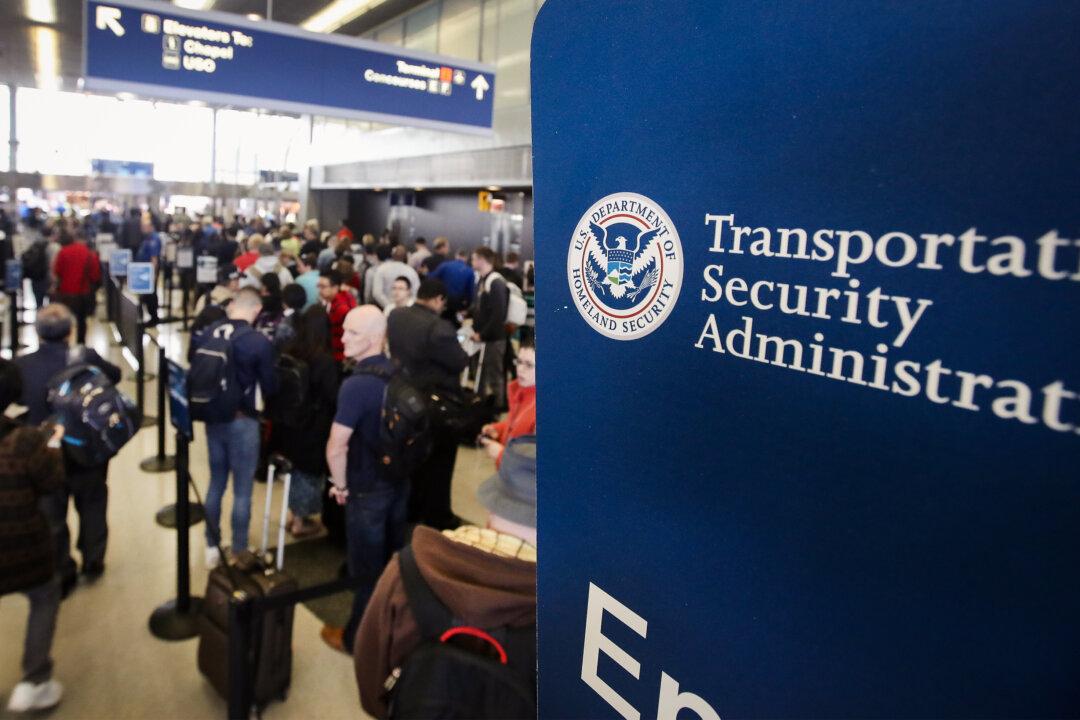The nuclear-powered aircraft carrier USS Theodore Roosevelt and its strike group have arrived in South Korea for joint naval exercises in the wake of a new mutual defense pact between Russia and North Korea.
The carrier strike group will participate in a new multidomain, trilateral exercise involving Japan later this summer. The exercise, dubbed the Freedom Edge, was announced by the three nations’ defense chiefs in early June at a regional security conference held in Singapore.
The strike group has arrived roughly seven months after another U.S. aircraft carrier, the USS Carl Vinson, docked in Busan in November 2023. It also marks the first visit by the USS Theodore Roosevelt, according to the South Korean navy.
The latest visit “demonstrates the strong combined defense posture of the U.S.–South Korea alliance and their resolute commitment to respond to the escalating threats from North Korea,” the Navy stated.
The port call occurred a day after Seoul summoned the Russian ambassador to protest against Russia and North Korea’s signing of a mutual defense treaty, which includes a pledge to come to each other’s aid if attacked.
The deal was inked on June 19 during Russian President Vladimir Putin’s trip to Pyongyang, where he was greeted by North Korean leader Kim Jong Un at a lavish welcoming ceremony.
Mr. Putin’s North Korea visit, his first since 2000, occurred after Mr. Kim traveled in his armored train to Russia in September 2023, when Russian forces in Ukraine were bracing for a counteroffensive from their enemies armed with weapons provided by the Western allies.
It has been widely speculated that Mr. Kim has offered to refill Mr. Putin’s exhausted arms stockpile in exchange for Russian military technology that would help advance North Korea’s nuclear ambitions and boost its war capabilities.
The deepening ties between Moscow and Pyongyang remain a concern for Washington and its allies in East Asia, and they have repeatedly accused North Korea of shipping missiles and artillery shells to Russia for use against Ukraine.
In January, the White House reported that North Korean-produced ballistic missiles were fired into Ukraine from Russia. The following month, the State Department stated that North Korea had delivered more than 10,000 containers of munitions to Russia since September 2023.
Testifying before the Senate, Defense Secretary Lloyd Austin said North Korea’s supply of munitions is part of a broader coalition that keeps Russia’s war machine running.
“Without the help from Iran, North Korea, and China, this probably would not have occurred to the degree that it has occurred.”
Mr. Austin was referring to the current state of the prolonged war in Ukraine.
Russian and North Korean officials have denied involvement in such arms transfers.







